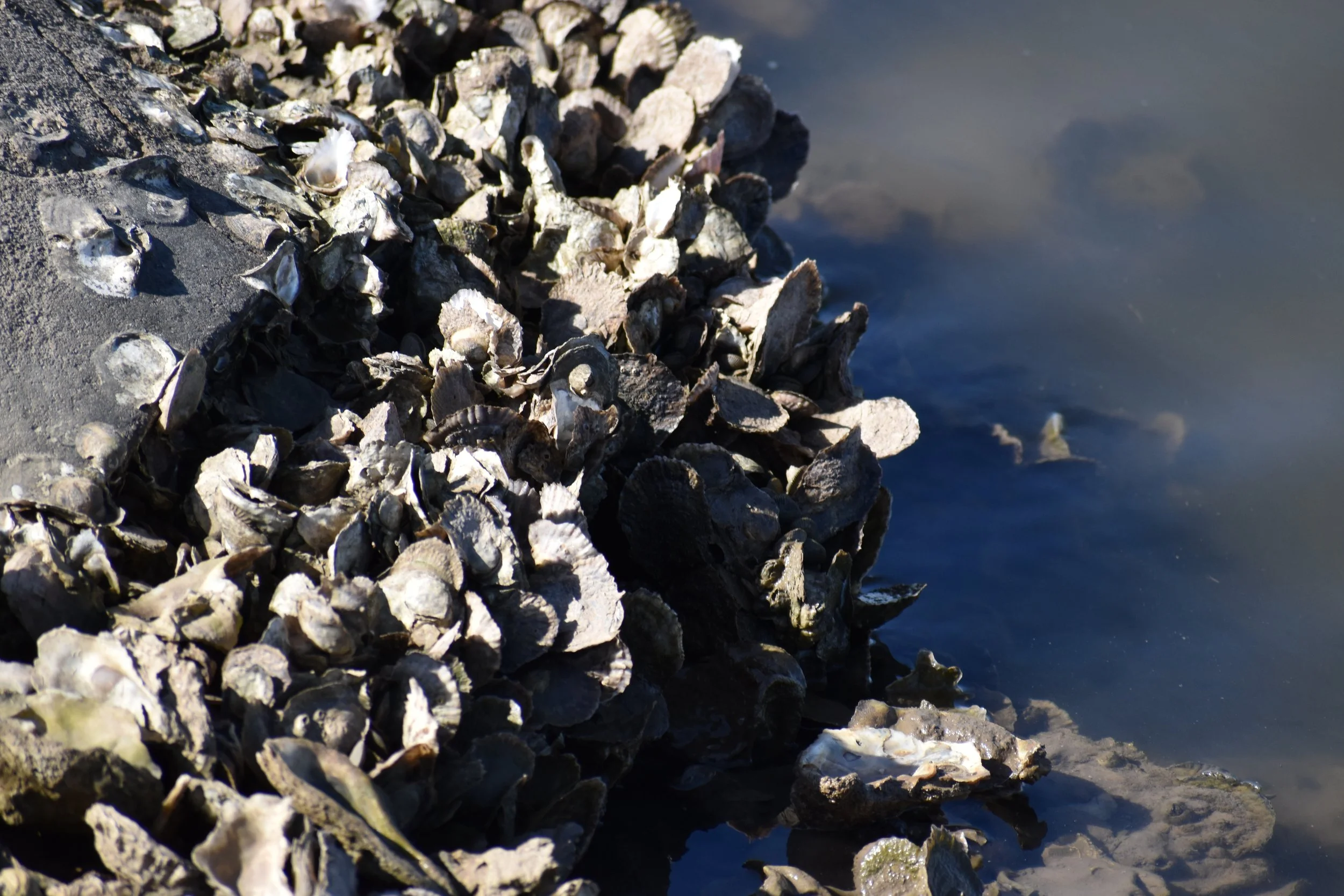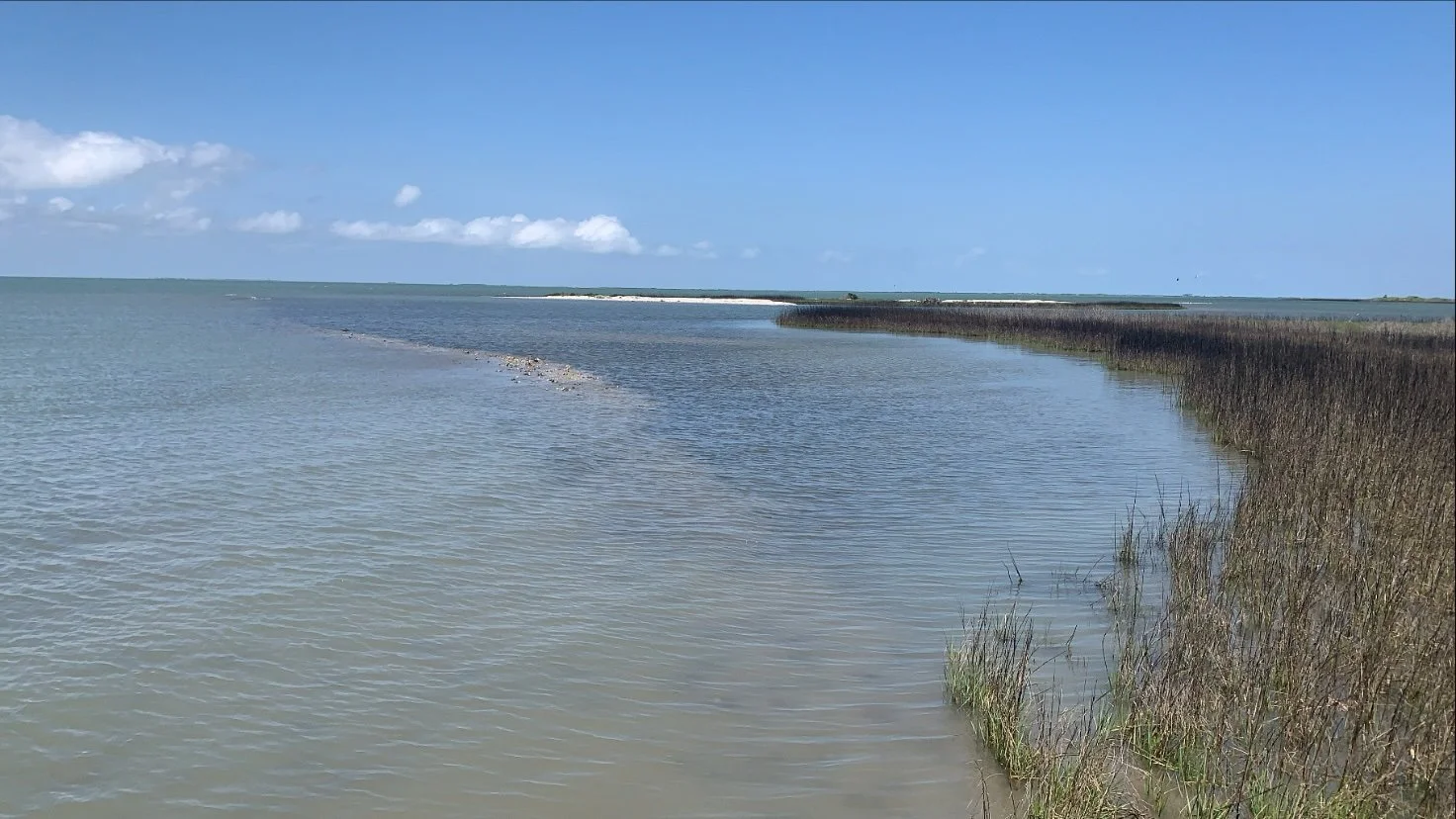Colorado-Lavaca Estuary Fisheries Initiative
Start: Spring 2025
Location: Colorado-Lavaca Estuary
Partners: Lavaca Bay Foundation and Matagorda Bay Mitigation Trust (MBMT)
Funding: Matagorda Bay Mitigation Trust (MBMT)
Project Description:
Over the years, communities that live, work, and recreate around the Colorado-Lavaca Estuary—which includes West Matagorda Bay, Lavaca Bay, and surrounding sub-bays—have witnessed major shifts in both their environment and the fisheries that sustain them. Despite these changes, this region lacks a comprehensive, science-based assessment like those available in other estuaries with National Estuary Program support. Without this foundation, local residents and resource managers are often left relying on personal observations rather than reliable data when voicing concerns about industrial growth or development proposals.
This project is designed to change that. By creating a robust, accessible baseline of fisheries data, the initiative aims to support stronger community advocacy, better-informed conservation planning, and greater public awareness. At its core, this project is about equipping local voices with trusted, science-backed information to protect the health and future of the estuary.
The Colorado-Lavaca system is under pressure from numerous stressors—rising salinities and temperatures, wetland and oyster habitat loss, and serious contamination issues such as mercury pollution near the ALCOA Superfund site. These changes have impacted both ecosystems and livelihoods, with recent fishery closures and environmental degradation leading to displacement and job losses among commercial and recreational fishers.
As development expands and freshwater inflows face potential changes, understanding both historical and future impacts on species like fish, shrimp, crabs, and oysters is vital. Communities need to know what to expect, whether it's from proposed deepening of the Matagorda Ship Channel or upstream water management decisions. Currently, no integrated fisheries dataset exists to help stakeholders make these evaluations or guide future policies.
This project sets out to build that foundation.
Long-Term Goal:
To empower communities in the Colorado-Lavaca Estuary to engage in science-based planning and conservation efforts that sustain and protect local fisheries.
Project Objectives:
Raise public awareness about the value and challenges facing local fisheries.
Analyze TPWD’s Coastal Fisheries (CF) database to identify changes in fish populations and their environmental drivers.
Support local environmental advocacy by making data accessible, understandable, and actionable.
Through research, outreach, and collaboration, this project seeks to restore the connection between science and stewardship—ensuring the estuary’s fisheries remain a resilient resource for future generations.



